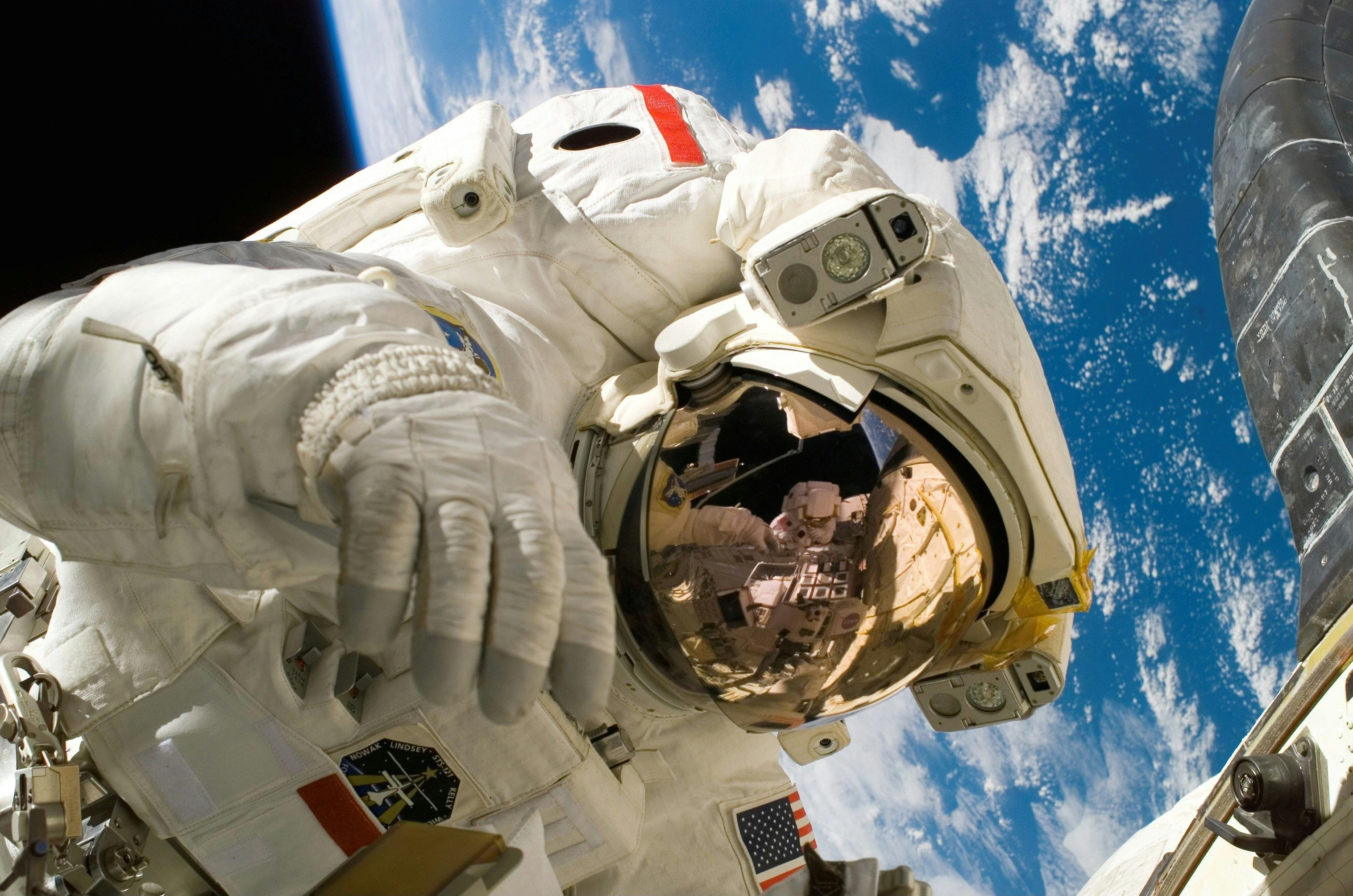Dawning of the Age of Space Tourism: A New Horizon in Travel
From the earliest days of human history, we have always been fascinated by the stars. Our ancestors looked up at the night sky, creating myths and legends around the constellations they saw. With the dawn of the Space Age in the mid-20th century, what was once the stuff of science fiction became reality. Yet, for decades, space remained the exclusive domain of highly trained astronauts - until the turn of the millennium.

In 2001, entrepreneur Dennis Tito became the first ‘space tourist’, paying $20 million for the privilege of joining a Russian Soyuz mission to the International Space Station. This marked the beginning of a new era in travel - space tourism. Since then, a handful of private individuals have followed Tito’s lead, but recent years have seen a surge in interest and advances in technology that could soon make space travel accessible to many more people.
A New Frontier: Current Developments in Space Tourism
The current trend in space tourism is driven by a combination of technological advancements and increasing interest from the public. Today, several private companies are vying to democratize access to space. Among them, SpaceX, Blue Origin, and Virgin Galactic stand as leading players.
SpaceX, headed by visionary Elon Musk, focuses on developing reusable spacecraft to reduce the cost of space travel. Their goal is not only to offer orbital flights but also to enable interplanetary travel. Blue Origin, founded by Jeff Bezos, plans to offer sub-orbital flights, letting tourists experience a few minutes of weightlessness and a view of the Earth from space. Lastly, Richard Branson’s Virgin Galactic aims to provide sub-orbital spaceflights to space tourists and scientific missions.
Navigating the Cosmos: Advantages and Challenges
Space tourism offers a unique, once-in-a-lifetime experience. It provides an unparalleled view of Earth and a chance to experience weightlessness. It also opens up new avenues for scientific research and potentially paves the way for future colonization of other planets.
However, there are significant challenges to overcome. The cost of space travel remains prohibitively high for most people. There are also considerable safety risks, as space travel is still a relatively new and untested industry. Additionally, there are environmental concerns related to rocket launches, which can produce substantial greenhouse gas emissions.
Practicalities Beyond Gravity: An Impact on Travelers
Space tourism will undoubtedly have a profound impact on travelers. It will redefine the very concept of a ‘trip’ and will offer an experience that is fundamentally different from any other form of travel. While the physical journey to space lasts only a few minutes to a few days, the psychological impact of viewing Earth from space, often called the ‘overview effect,’ can be life-changing.
Quick Facts and Tips for Aspiring Space Tourists
- Space tourism is not for everyone. It requires a significant level of physical fitness and health.
- The cost of space tourism is still very high, with tickets ranging from $200,000 to $250,000 per person.
- The experience of space travel can be intense, with strong G-forces during takeoff and landing and possible motion sickness during weightlessness.
- Space tourists need to undergo extensive training before their trip, including safety procedures, physical training, and preparation for the sensations of space travel.
The Final Frontier: A Look to the Future
As we stand on the cusp of a new era in travel, the possibilities seem almost limitless. Space tourism, once a far-off dream, is now within reach. Despite the challenges, the potential rewards - both for individuals and for humanity as a whole - are immense. Whether we’re destined to become a space-faring species or not, the advent of space tourism represents a bold step forward in our quest to explore the universe and seek answers to our most profound questions.




